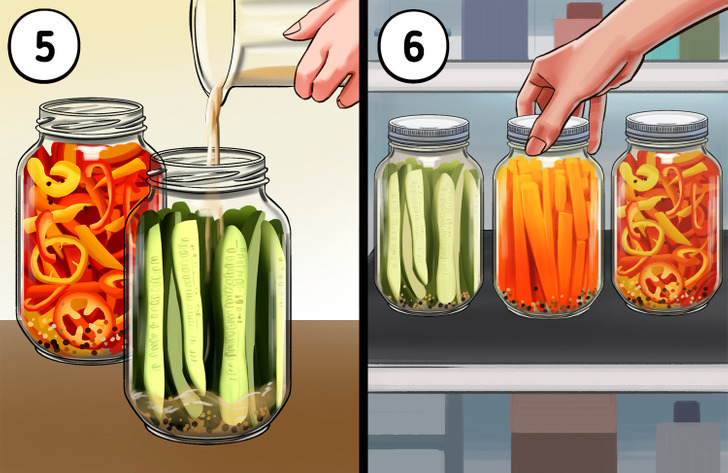How to Pickle Vegetables
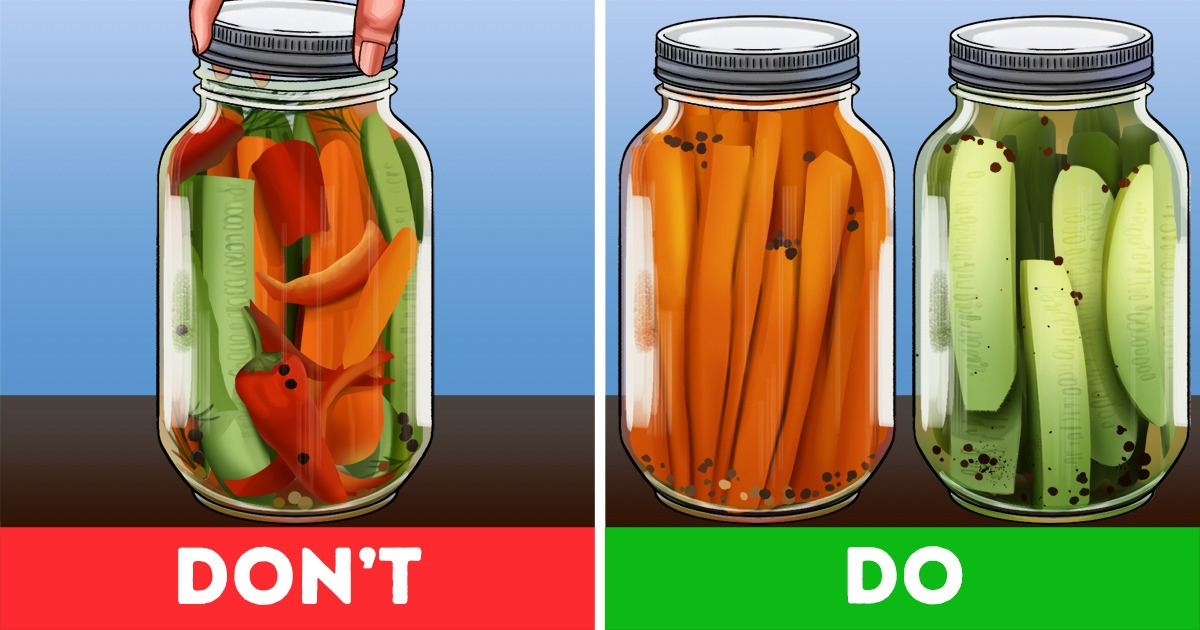
Pickling prevents the spoilage of vegetables and allows us to eat our favorite foods out of season. You can pickle any vegetable, but cucumbers, peppers, and carrots are among the most popular for this purpose.
Thus, 5-Minute Crafts is going to show you how to choose the ideal cucumbers, carrots, and peppers, prepare them, and, finally, pickle them. If you already have vegetables ready for pickling, proceed to the last section of the article.
1. Cucumbers
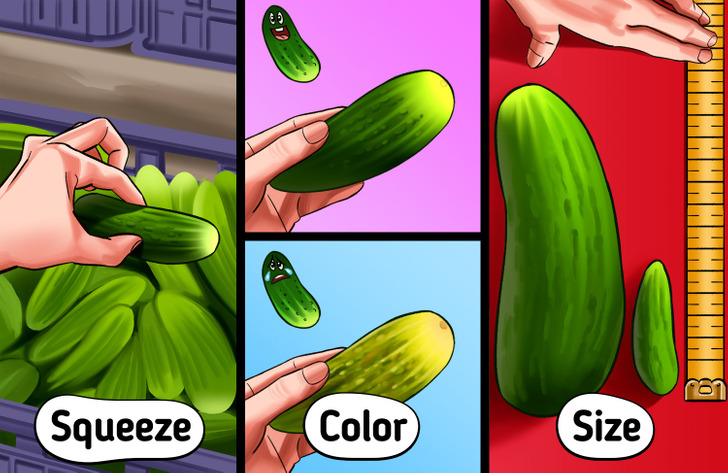
You have 3 tests to determine when your cucumbers are right for picking from your garden. And these are:
- Squeeze test: Cucumbers should feel firm when you squeeze them lightly. If they have soft or wet spots, they are past their pickling time.
- Color test: Cucumbers are good to go when they become green. They aren’t suitable for pickling if their skin is yellow or white unless you have the Supremo, Picklebush, or Salt and Pepper varieties.
- Size test: Small cucumber varieties, such as pickler cucumbers, are right for picking when they are between 2 and 3 inches (5 and 7 centimeters) long. Other cucumbers are ideal for picking when they grow from 5 to 8 inches (12 to 20 centimeters) long.
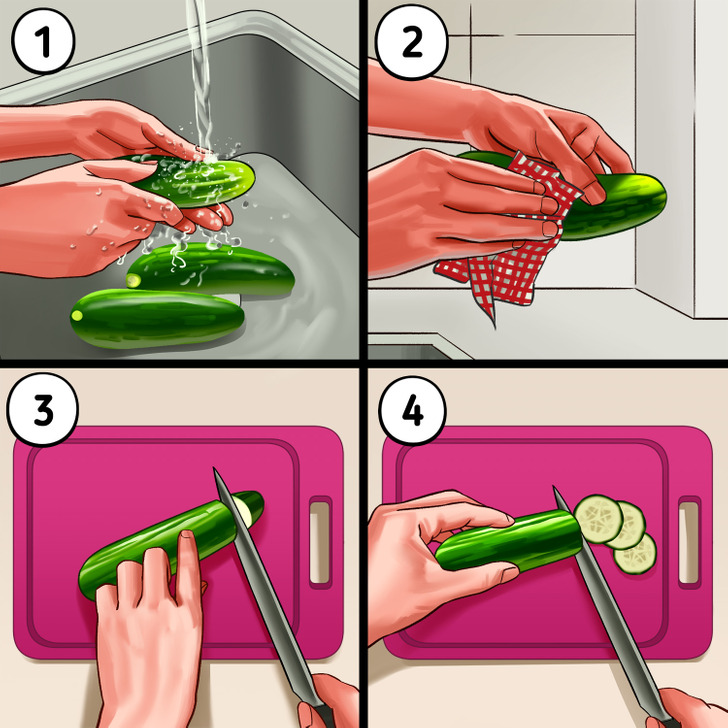
Once you pick your cucumbers, prepare them for pickling by doing the following:
- Wash them in cool running water, and pay special attention to the area around the stem to remove the remains of the soil.
- Dry them with a napkin or something similar.
- Remove the blossom end, the one that contained the flower, to prevent the softening caused by enzymes.
- Optionally, cut cucumbers crosswise.
Pickle cucumbers in under 24 hours after picking them.
2. Carrots
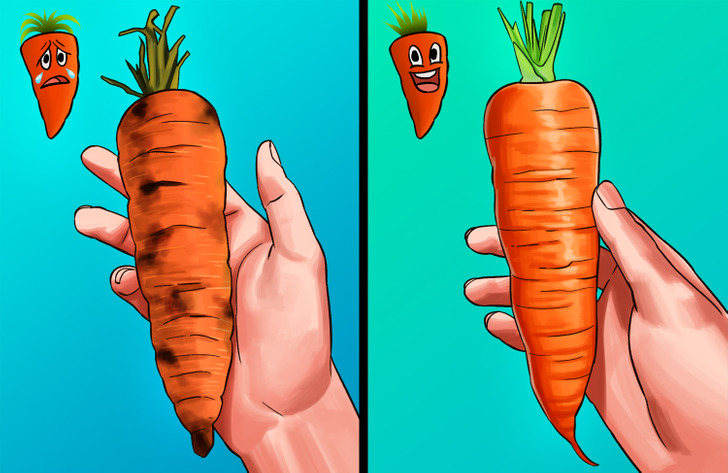
The best carrots for pickling are:
- Bright orange
- Fresh
- Crisp
- Avoid carrots that have any sort of discoloration or flaw on their skin, as well as those with soft spots or mold.
- Choose firm instead of limp carrots for efficient canning in jars.
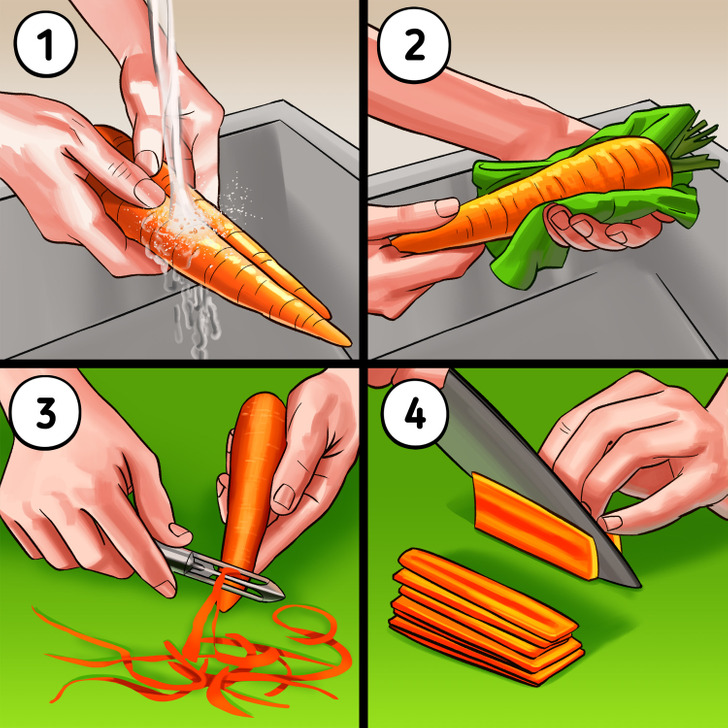
Once you have carrots selected, prepare them for pickling this way:
- Wash carrots under running, moderately warm water.
- Dry them with a napkin or something else.
- Peel the carrots.
- Cut big carrots into 0.5 inch (approx. 1.3 centimeter) thick sticks, rinse, and set them aside. If they’re small, you can keep them whole.
3. Peppers
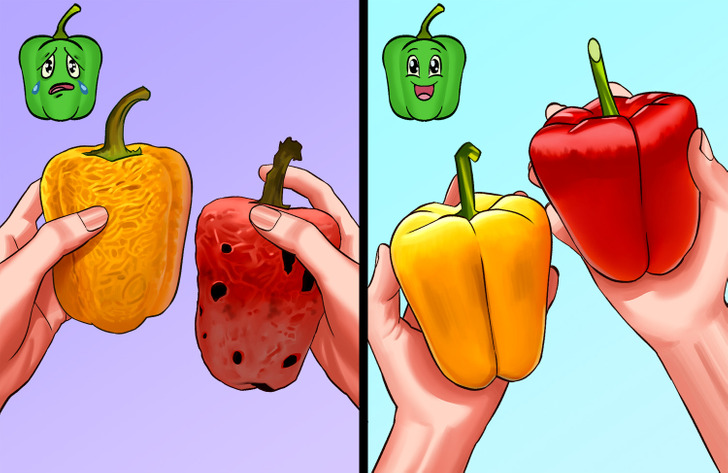
Every pepper, from sweet to super-hot, is suitable for pickling. Note that pickling hot peppers decreases their heat slightly. Pickled sweet peppers are sweet, spicy, and tart.
When picking peppers, make sure they are:
- Firm
- Crisp
- If you notice any sign of spoilage or aging on a pepper, like decay or wrinkled skin, skip it.
You can pickle small peppers whole, without removing the pedicel if you like. If you decide to do this, you can skip the next steps and move on to the last section of the article (4. Pickling procedure).
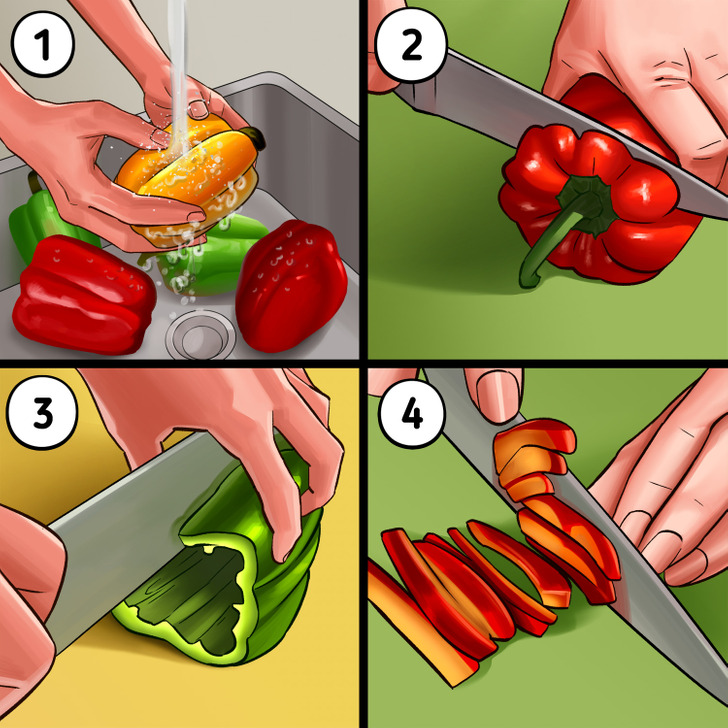
Once you select peppers, prepare them for pickling this way:
- Wash peppers under running water, and wipe them with a napkin afterward.
- Cut the stem and remove the seeds. If your peppers are hot, put on gloves to prevent your fingers from feeling burned.
- Cut the pepper lengthwise into 2 or however many pieces you like and shake out the remaining seeds.
- Slice peppers crosswise into as tiny pieces as you wish. Once you finish, you can cut them in halves, quarters, or any way you like.
4. Pickling procedure
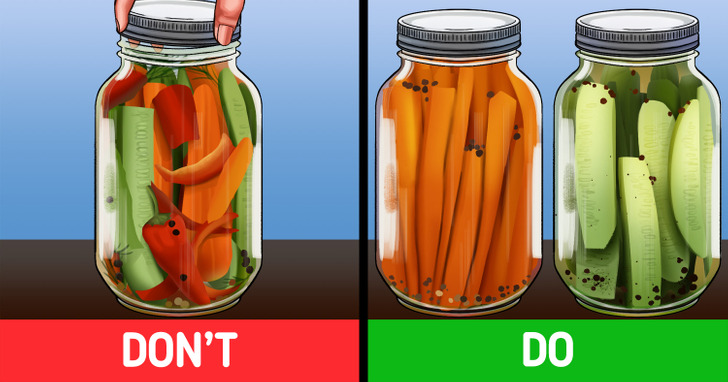
Note that you can follow this simple procedure to pickle any vegetable, not just cucumbers, carrots, and peppers. Also, keep in mind that fresh vegetables without damage are best for pickling. In addition, you should pickle different types of vegetables separately, even if you’ll put them together later, for the best effect.
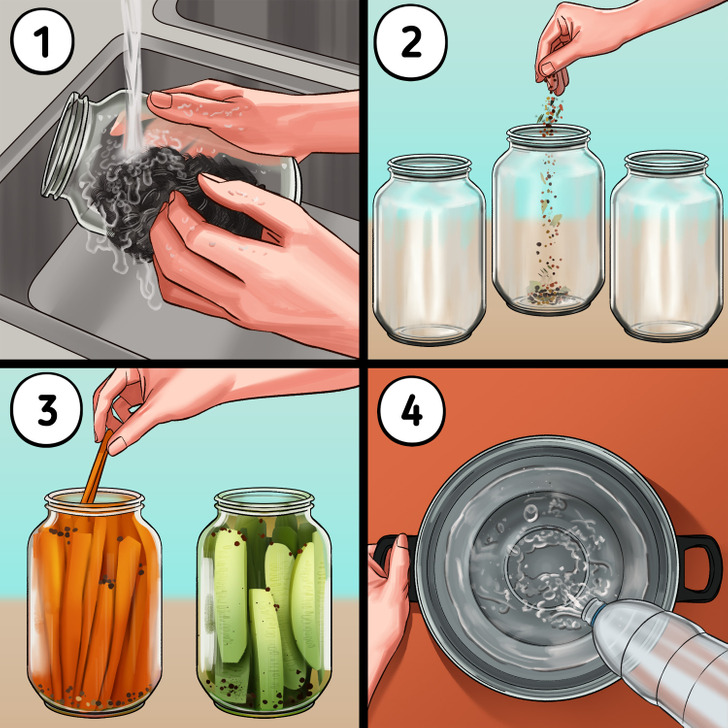
Then, do the following:
- Wash jars in a dishwasher or use detergent and warm water. Note that glass jars are the best for pickled vegetables. Alternatively, sterilize them in boiling water for 10 minutes before canning. Set the jars aside to dry or wipe them with a napkin.
- Put the preferred flavorings into the jars to your liking. You can use fresh or dried herbs, like rosemary, oregano, dill, or thyme. Garlic cloves, fresh ginger, mustard seed, and coriander are also popular flavorings for pickled vegetables, among others.
- Add prepared vegetables to the jars. Then, pack them as densely as possible without smashing them. Also, leave at least half an inch (about 1.3 centimeters) of empty space between the top of the vegetables and the rim of the jar.
- Prepare any base vinegar, like rice vinegar, white vinegar, and apple cider vinegar. Pour water, vinegar, salt, and, optionally, sugar in a saucepan to make the brine. You can add half the water and half the vinegar, but the less water you add, the more acidic the brine will turn out to be. You can also experiment with different ratios of vinegar and water to see what you like best. Then, heat the mixture to the boiling point on the stove and stir along the way to dissolve the salt and sugar. Wait for the brine to cool before pouring over the vegetables to keep their crunch.
